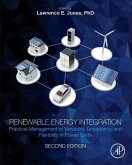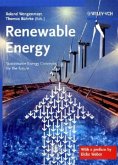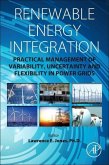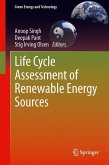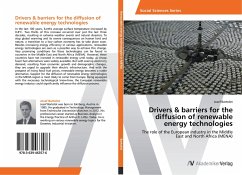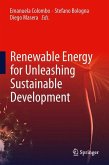The VIVACE Converter design is based on the very simple idea of enhancing rather than spoiling vortex shedding and maximizing under significant damping rather than suppressing Vortex Induced Vibrations (VIV), and harnessing rather than mitigating VIV energy. In this work an attempt to understand the effect of damping, Reynolds number, proximity to free surface, proximity to solid rigid boundaries, strategically located roughness on the amplitude of oscillation and synchronization range of VIV is made.
Bitte wählen Sie Ihr Anliegen aus.
Rechnungen
Retourenschein anfordern
Bestellstatus
Storno


